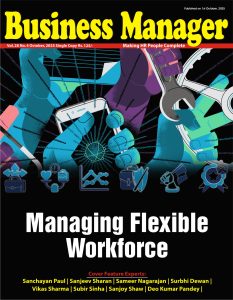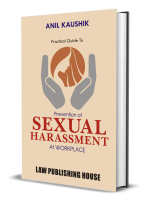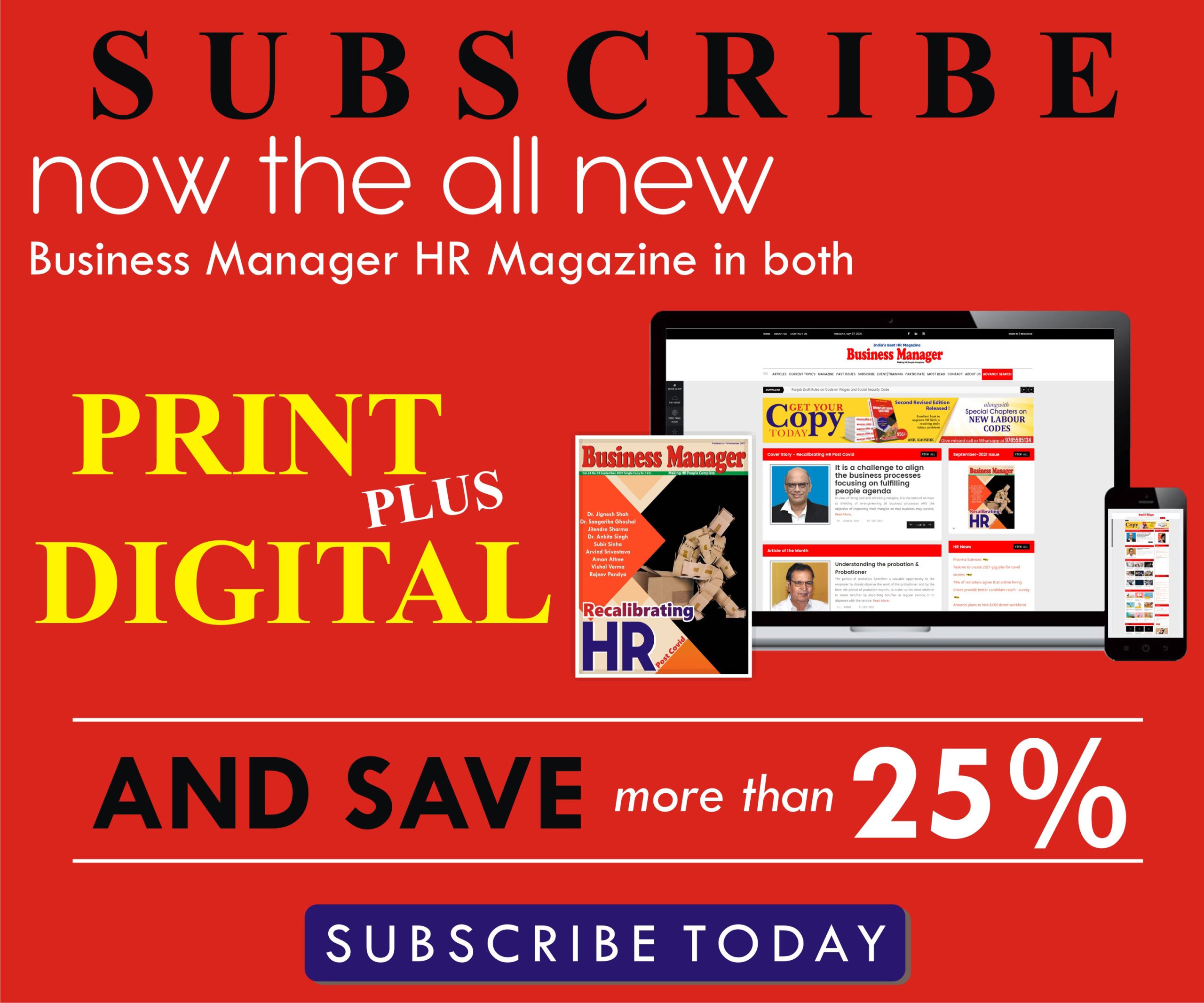What are the crucial elements of a strong democratic and transparent work culture? AS Some of the key elements like inclusion (in decision making), participation (cross functional/across levels), transparency (at all the levels within the organisation) & (personal) accountability have become...
ARTICLES
Democratic and transparent work culture not only encourage people participation but also creates openness between organisation hierarchy and two-way communication.
Transparency contributes to trust and it also makes people feel that they matter - that they are valued, empowered to decide, exchange ideas, drive innovations & efficiency. This helps building better work culture. However, it's often critical to balance transparency with zones of privacy, enabling...
Dr. (Prof.) Jyotsna Bhatnagar in conversation with HR expert, a renowned Psycho dynamic analyst, global trainer and academician, Dr. Rajeshwari Narendran, talks about challenges in managing work and family priorities and Research in HR/OB etc..
"The CEO and the CHRO need to work very closely with each other on many important and sensitive matters, and, hence an effective relationship between them is critical".
Certain benefits of training can never be measured, although valuable, such as job satisfaction and helping employees understand that they are valuable assets and not just cogs in the wheel. It is important to define, and support, continuous learning curves as this allows your company's staff to...
An organization's leadership must have the will and commitment to make their workplace a DEIworkplace and, most importantly, a concrete plan of action.
Introduction and literature review Compliance helps organisations to act responsibly and obey regulations related to labour, work safety, finance, operations, and accounting standards (VComply Technologies, 2022). A lack of culture, not compliance, is the primary cause of India’s safety woes...
R & R is a common initiative for retaining talent in organisations but nature of the same is different from industry to industry. Author attempts to throw light on some practices of R & R in different sectors.
At the managers end, it will be important to unlearn the intuitive part of people decision making and gravitate more towards the new, rich, analytics based decision making patterns. As in all changes, this will also require change in mindsets which HR should be able to drive.















